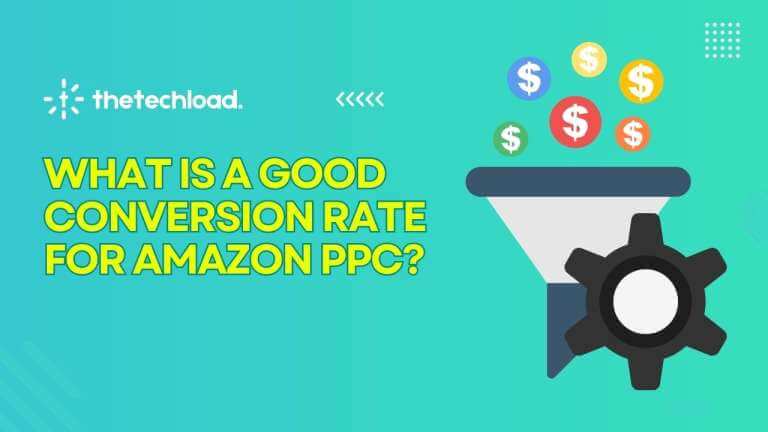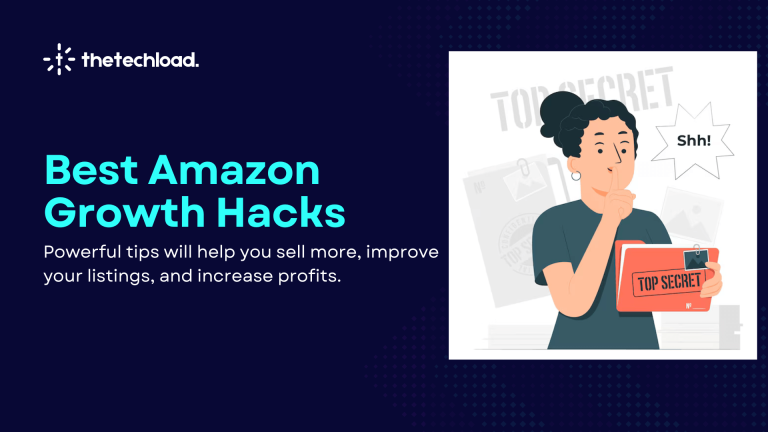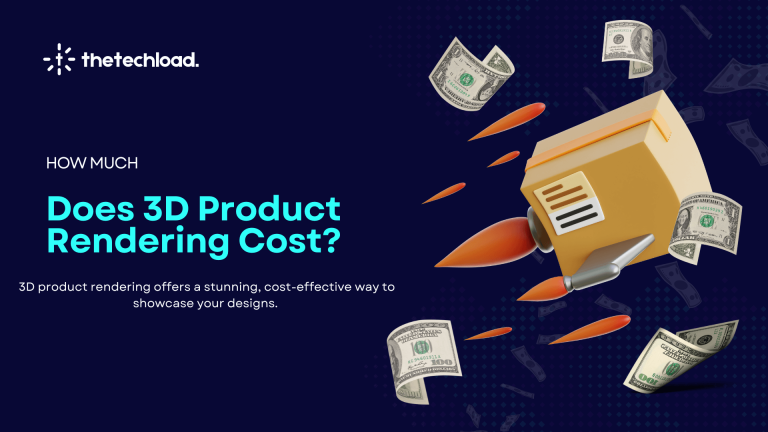As an Amazon FBA seller, it’s crucial to focus on the conversion rate. When it comes to running a successful Amazon PPC campaign, one of the most important metrics to track is your conversion rate. Conversion rate refers to the percentage of people who click on your ad and then go on to make a purchase. It is a key indicator of how effective your ad is in driving sales. So what exactly is considered a good conversion rate for Amazon PPC?
The answer to this question is not a simple one, as many factors can affect your conversion rate. However, generally speaking, a good conversion rate for Amazon PPC is considered to be around 10%-20%. This means that for every 100 people who click on your ad, 10-20 of them will go on to make a purchase.
In this blog, we will discuss in detail what conversion rates are, how they are measured in the context of Amazon PPC (Pay-Per-Click) campaigns, what a good conversion rate for Amazon PPC looks like and how to improve it.
What is Conversion Rate (CVR)?

In simple terms, a conversion rate on amazon or amazon ppc is the percentage of people who purchase after clicking on your Amazon ads. Conversion rates are an important metric to track because they directly reflect the effectiveness of your Amazon PPC campaigns. A high conversion rate means that more people are not only seeing your ad, but they are also actively engaging and making purchases. Conversely, a low conversion rate could indicate that your ad is not resonating with your target audience or that there may be issues with the product itself.
How to Calculate Conversion Rate on Amazon PPC?
To calculate your conversion rate on Amazon PPC, you will need to divide the number of conversions (purchases) by the total number of clicks on your ad. For example, if your ad received 100 clicks and resulted in 10 purchases, your conversion rate would be 10%.

Conversion rate = (Total Conversion or Orders) / Total Clicks
It’s important to note that this calculation may vary slightly depending on the type of ad campaign you are running, such as Sponsored Products or Sponsored Brands. However, the general formula remains the same.
What factors contribute to low Conversion Rates on Amazon PPC?
There can be several reasons for low conversion rates on Amazon PPC. These may include:
Poorly Optimized Product Listings
If your product listings are not visually appealing, descriptive, and accurately represent the product, it can deter potential buyers and result in lower conversion rates.
Customers rely on product listings to make informed purchasing decisions, and providing comprehensive details, high-quality images, and engaging descriptions can significantly impact their buying experience.
By investing time and effort into creating compelling product listings, you can increase customer trust, capture their attention, and ultimately boost conversion rates.
Low Product Demand
If there is not enough demand for your product, it can be challenging to achieve high conversion rates. Limited interest in purchasing may indicate a need to reassess your marketing strategies, target audience, and product positioning.
By identifying and addressing these potential gaps, you can optimize your conversion rates and drive greater success for your business.
Product Pricing
The price of your product can significantly impact conversion rates, as it plays a crucial role in influencing the buying decisions of consumers. When setting the price, it is important to consider various factors such as the perceived value of the product, the pricing strategies of competitors, and the target market’s purchasing power.
By carefully analyzing these factors and aligning the price with the perceived value, you can optimize conversion rates and maximize profitability.
Ad Targeting
To improve conversion rates by reaching the right audience, effective targeting plays a crucial role. This can be achieved through various strategies such as using relevant keywords, utilizing Amazon’s targeting options, and implementing personalized ad campaigns tailored to specific customer segments.
By employing these strategies, Amazon sellers can ensure that their marketing efforts are highly focused and resonate with the intended audience, ultimately driving better results and maximizing ROI.
Seasonality
Depending on the specific product or niche, there may be seasonal trends that can significantly impact PPC conversion rates. For example, holiday seasons may see a higher demand for certain products and therefore result in higher conversion rates.
This phenomenon can be attributed to the enthusiastic purchasing behavior of customers who are actively seeking holiday-themed items or gifts. By understanding and capitalizing on these seasonal trends, businesses can strategically optimize their Amazon marketing strategies and drive higher conversion rates during these peak periods.
What is Considered a Good Conversion Rate for Amazon PPC?
As mentioned earlier, a good conversion rate for Amazon PPC is typically considered to be between 10%-20%. However, it’s important to note that this may not be achievable for every product or campaign due to varying factors.
Good conversion rate may vary depending on several factors such as your product category, price point, competition levels, and the overall quality of your ad.
Ultimately, the goal is to achieve a conversion rate that makes your campaign profitable and generates a positive ROI. If your campaign is consistently meeting or exceeding your desired return, then you are likely in a good range for your PPC conversion rate.
How to Improve PPC Conversion Rate on Amazon?
While a high conversion rate is certainly desirable, it can be challenging to consistently achieve. Here are some tips that can help improve your conversion rates on Amazon PPC campaigns:
Optimize Your Product Listing:
A well-optimized product listing is crucial for higher conversion rates on Amazon. It’s important to optimize your product listing on Amazon by incorporating relevant keywords, captivating high-quality images, and comprehensive descriptions.
By implementing these optimization techniques, you can attract potential customers who click on your ad to not only engage but also make a confident and informed purchase decision.
Run A/B tests:
To optimize your marketing efforts and enhance conversion rates, it is beneficial to conduct tests with various ad copy, images, and product prices. By experimenting and analyzing the results, you can gain valuable insights into what truly resonates with your target audience.
This iterative process allows you to refine your marketing strategy and maximize the effectiveness of your campaigns.
Monitor Ad campaigns and Adjust Bids:
To enhance the effectiveness of your ad campaigns and bid management, it is essential to consistently assess and refine your strategies. By consistently monitoring the performance of your campaigns and making data-driven adjustments, you can optimize targeting and eliminate wasted spend on underperforming ads.
Additionally, regularly reviewing and adjusting bids based on keyword performance can also help improve conversion rates by increasing visibility for top-performing. By doing so, you can optimize the overall performance and success of your campaigns.
Utilize Negative Keywords:
Negative keywords play a crucial role in ensuring that your ad doesn’t show up for irrelevant or low-converting search terms. By implementing negative keywords effectively, you can significantly enhance the quality of your clicks, leading to improved conversion rates.
This strategic approach allows you to optimize your ad campaign and maximize its overall performance, ultimately driving better results for your business.
Provide Excellent Customer Service & Shipping Experience:
Providing a positive customer experience can have a significant impact in improving your conversion rate. When it comes to customer inquiries, make sure to respond promptly to customer inquiries and address any concerns or issues that may arise. By doing this, you not only show your commitment to customer satisfaction but also build trust and loyalty.
One of the best ways to improve your conversion rate on Amazon is by making your products Prime-eligible and joining the Fulfillment by Amazon (FBA) program. Providing fast and reliable shipping can lead to satisfied customers who are more likely to leave positive reviews and become repeat buyers.
Utilize Amazon A+ Content /Enhanced Brand Content
A+ Content is a powerful and effective marketing tool on Amazon that empowers sellers to take their product listings to the next level. By incorporating high-quality images, captivating videos, and enriched descriptions, sellers have the opportunity to create an immersive shopping experience for customers.
This enhanced content not only elevates the overall appeal of the product but also captures the attention of potential buyers, ultimately leading to higher rankings, increased visibility, and more sales.
Conclusion
Maximizing advertising efforts and boosting overall profitability are key goals for Amazon sellers. To achieve this, a high conversion rate in Amazon PPC is crucial. They directly reflect the effectiveness of your advertising efforts and can ultimately determine the success or failure of your campaign.
While there is no one-size-fits-all answer to what a good conversion rate looks like, as it varies depending on various factors. However, it’s important to constantly analyze and adjust your campaigns to ensure you are getting the best possible conversion rate for your Amazon PPC advertising.
Are you ready to take your Amazon PPC campaign to the next level and achieve higher conversion rates? Look no further than The Techload. We have the expertise and tools to get the job done effectively. Whether you’re just starting with Amazon PPC or looking to improve your current campaigns, we are here to help.





